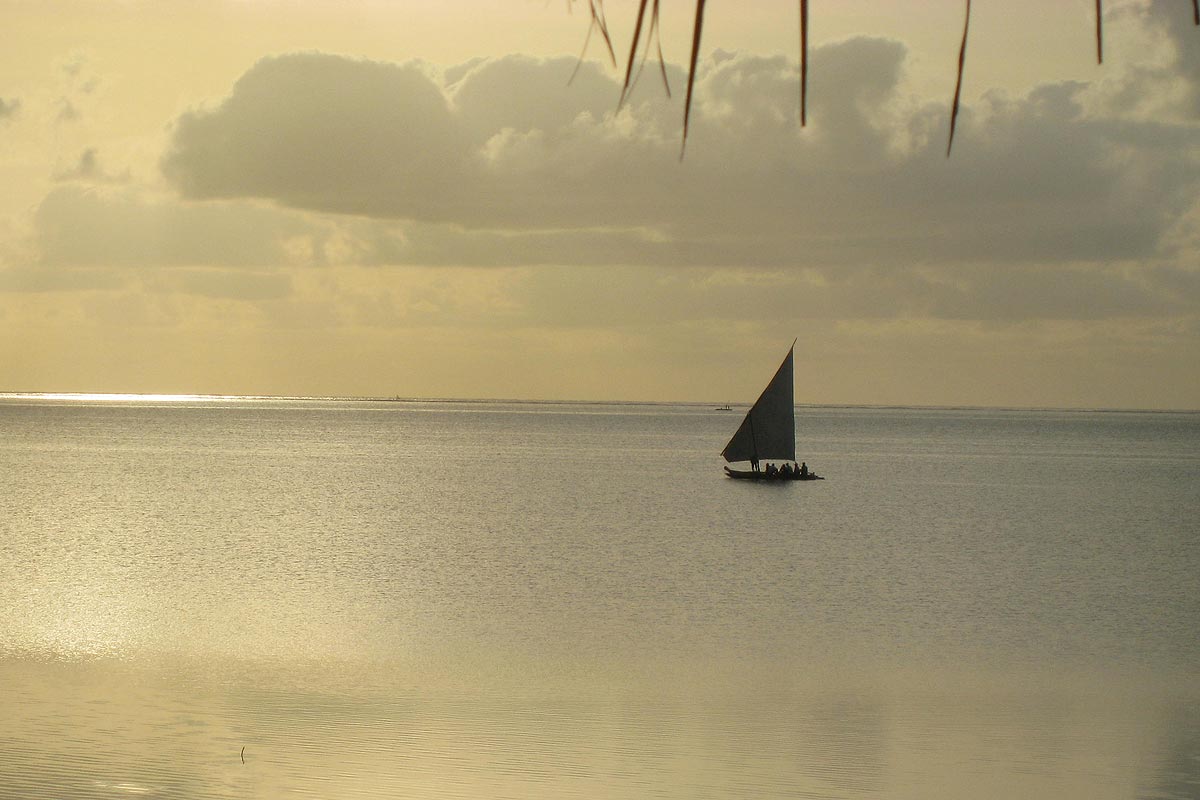Protected areas for marine animals
The coastal communities of Zanzibar are confronted with rapidly declining fish yields. Local fishermen don’t have boats that are suitable to fish in the open sea, and the meager fish stock in the lagoons is increasingly under pressure. Because of the decimated fish stock, many fishermen are no longer even able to cover their own personal need for fish. The local subsistence economy suffers.
In the aftermath of an intervention in 2012 in which the government confiscated fine-mesh nets around Jambiani and even arrested several fishermen, the fishing community resolved to act. In one of the meetings, we suggested the establishment of a no-fishing zone: If one half of the lagoon were declared a no-take zone, more fish can likely be captured in the other half than are currently captured in the entire lagoon. The fish would have a safe area to reproduce and grow and be protected from continuous decimation.
In 2013, our efforts came to fruition when the fishermen came to us for help with the establishment of a no-take zone. They got the message!
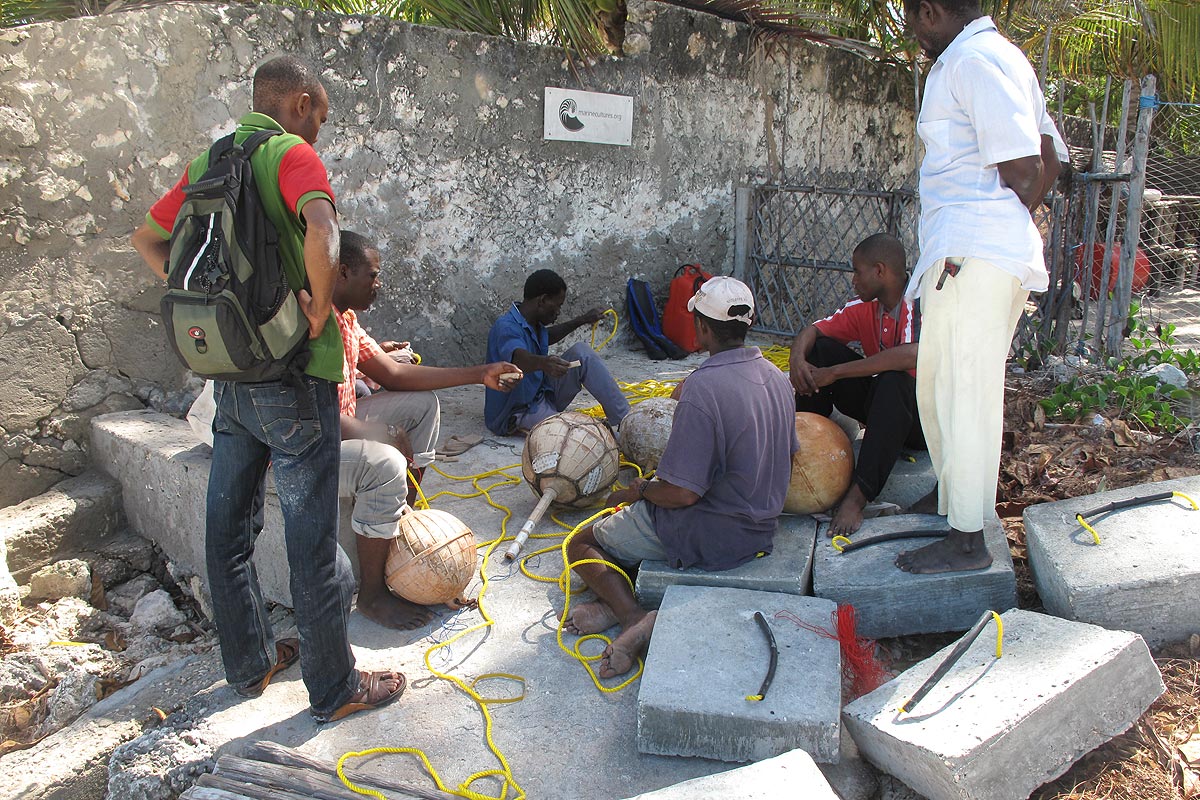
Action
We were delighted to support the fishermen’s initiative and provided advice, technical assistance, and funding.
After a prolonged debate in the fishing community, a no-take zone was marked with eight buoys. Several weeks later, there were already significantly more fish in the protected area.
Whether this initial success will translate into lasting change depends among other things on the ability of the initiators to enforce the no-take zone vis-à-vis other fishermen. The zone is also small and will likely need to be enlarged to be maximally effective. However, it is a step in the right direction. We continue to monitor and support the project, but the fishermen have the lead.
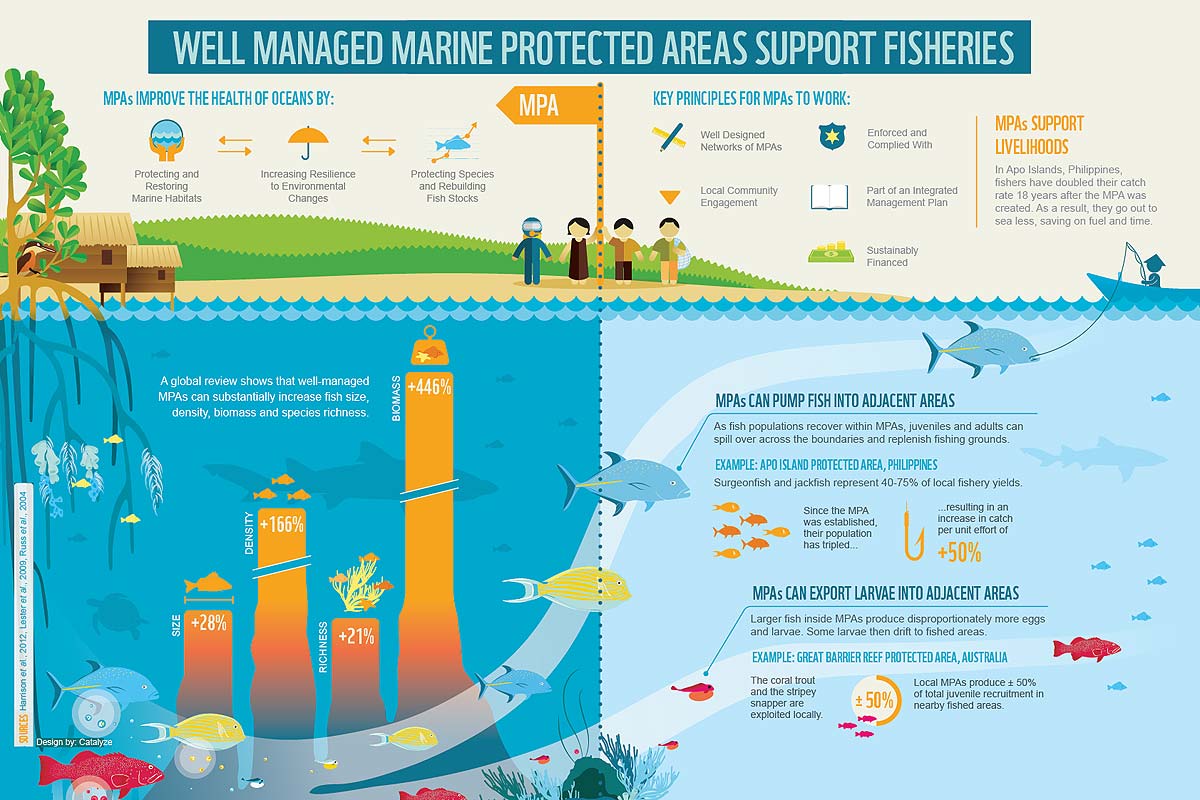
Additional Information
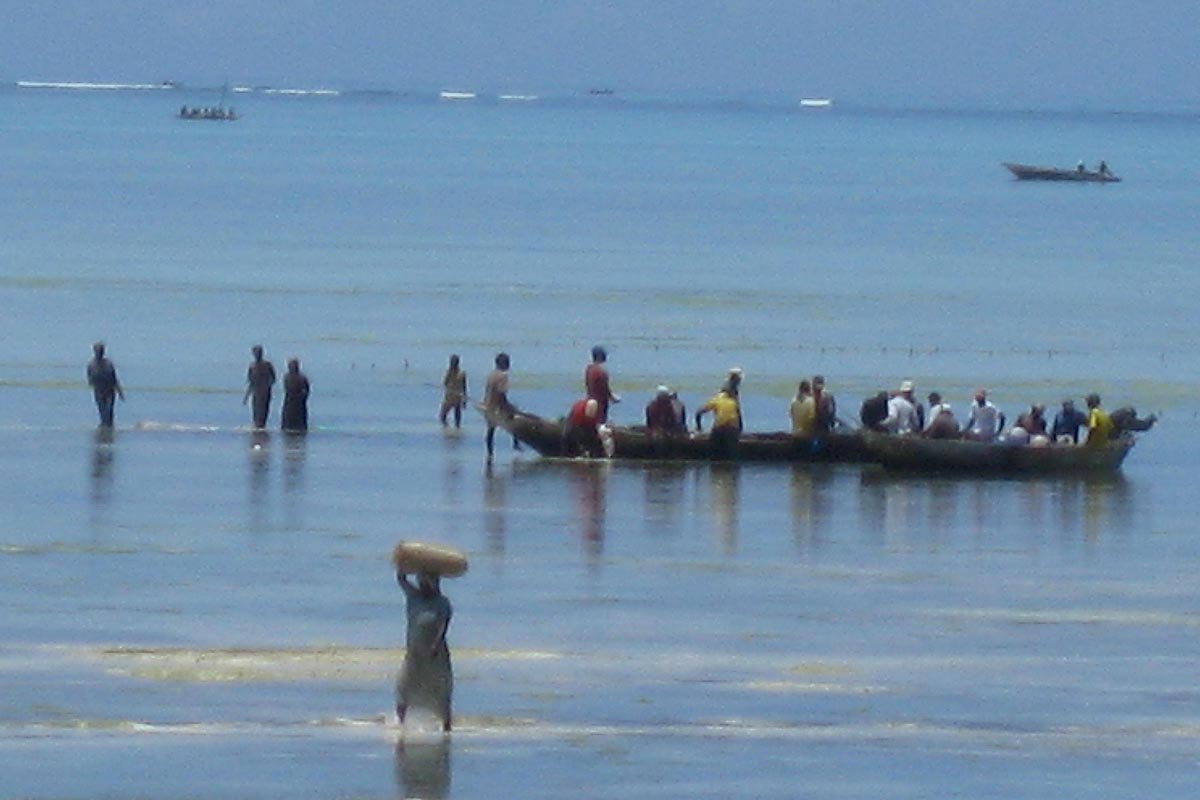
Contribute
Together we can do a lot. With your help.
>> more
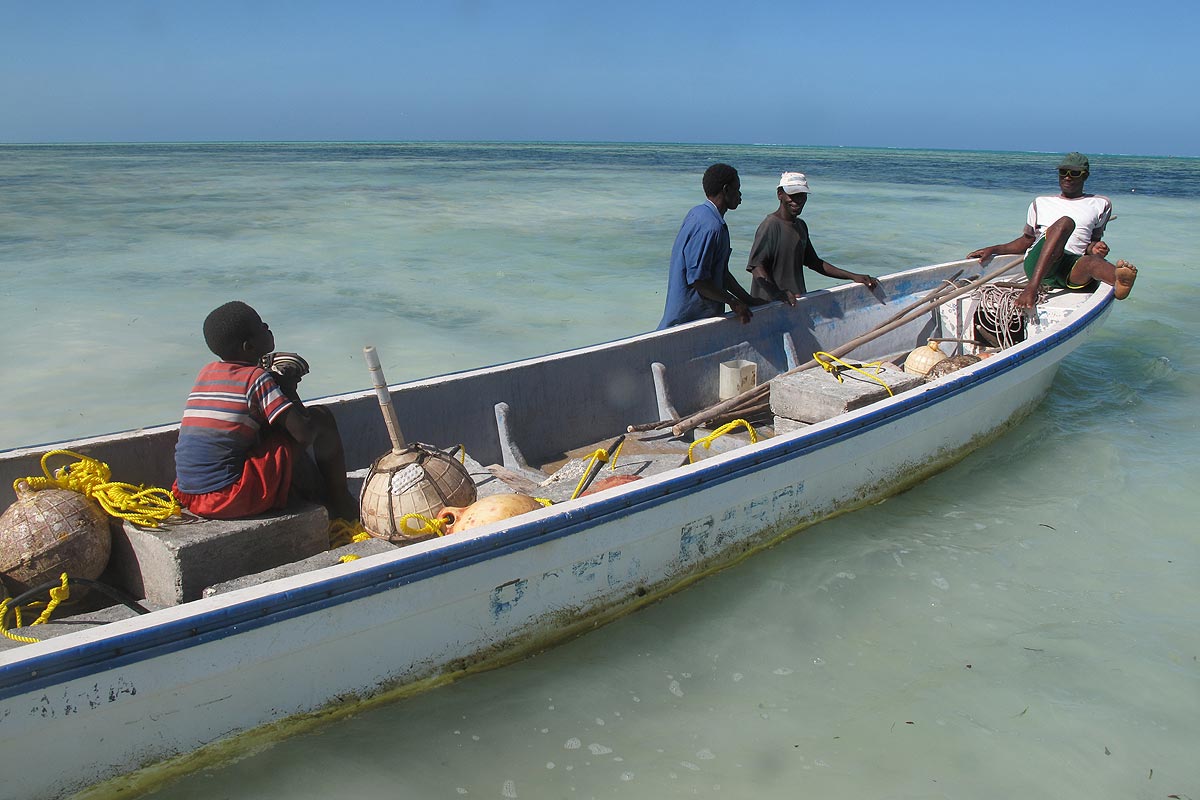
Become a member
Support our organization and our projects with your membership.
>> more
